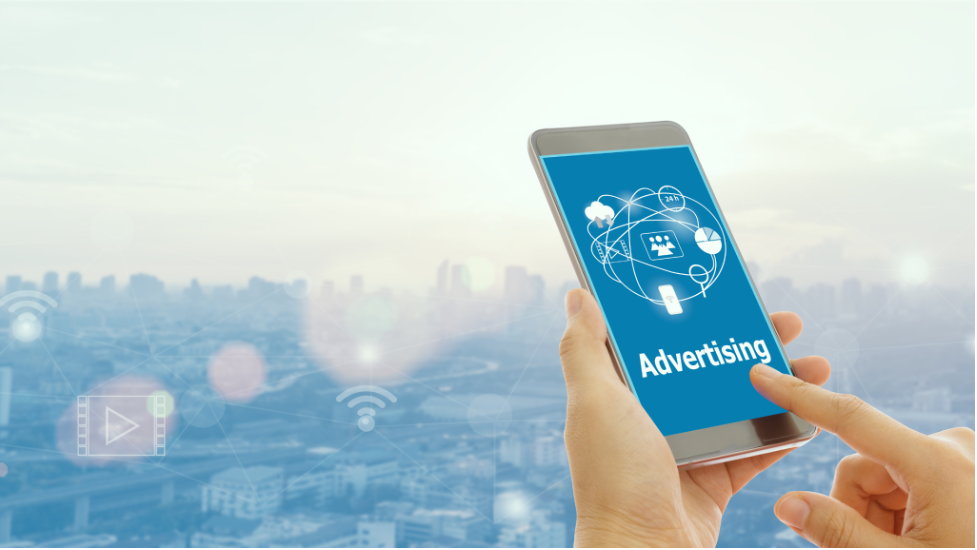In the fast-evolving world of digital marketing, personalization is no longer a luxury — it’s a necessity. Consumers expect ads that speak directly to them, and brands that fail to deliver often lose attention and engagement. But delivering personalized video content to millions of users used to be an impossible task. That’s rapidly changing with the rise of generative AI video services, which are revolutionizing how brands create, deliver, and scale custom video content.
Understanding Generative AI Video Technology
Generative AI refers to artificial intelligence systems capable of producing content — including images, text, and video — with minimal human input. In the context of video ads, generative AI tools can create video scripts, design scenes, generate voiceovers, and even insert personalized elements like names, locations, and product preferences for each viewer.
Generative AI video services take raw data and transform it into dynamic, compelling videos tailored to individual customers or audience segments. These videos can be produced in real time and at scale, allowing companies to run hundreds or thousands of personalized ad variations without hiring a full production team.
Why Personalization Matters More Than Ever
Today’s consumers are bombarded with content. The average person sees hundreds of ads every day across multiple devices. Generic ads that don’t feel relevant are often ignored or skipped. Personalized ads, on the other hand, create a sense of familiarity and relevance that leads to better engagement and response rates.
Whether it’s a travel ad mentioning the viewer’s city, or a retail brand showcasing a product the viewer recently browsed, personalization grabs attention. And with the help of generative AI video services, marketers can now offer that level of personalization at scale without sacrificing time or creative quality.
How Generative AI Scales Video Personalization
In traditional marketing workflows, producing just one video can take days or even weeks. Scaling that process to create hundreds of personalized versions — each tailored for different demographics, interests, or purchase behavior — is nearly impossible with manual methods.
Generative AI changes the game. With the right data inputs, a brand can generate thousands of video variations automatically. The AI adjusts scripts, visuals, and voiceovers based on data points like user behavior, location, or purchase history. The result? Mass personalization that feels like one-on-one communication.
For example, a car company could use generative AI to create unique video ads for potential customers. One video might highlight off-road capabilities for outdoor enthusiasts, while another focuses on fuel efficiency for city commuters. Each video feels tailored — because it is.
Using Research Hashtags to Refine Targeting
Creating personalized video ads is only effective if you’re targeting the right audience with the right message. That’s where research hashtags come into play. Hashtags aren’t just for social media visibility — they’re powerful tools for audience research.
By analyzing trending and relevant hashtags, marketers can identify what topics and interests are resonating with different audience segments. This insight can then feed into the creative brief for generative AI videos. For instance, if #veganrecipes is trending in your target demographic, your AI-generated video ad can include plant-based products or messaging that connects to that theme.
Using research hashtags helps refine your audience targeting, improve relevance, and ensure that the content generated by AI is aligned with what viewers actually care about.

Real-World Applications and Case Studies
Many global brands are already using generative AI video services to enhance their marketing efforts. For example:
- Retail brands are creating product recommendation videos based on user browsing history.
- Finance companies are personalizing explainer videos to help users understand investment options.
- E-commerce platforms are sending personalized thank-you videos post-purchase to increase brand loyalty.
These videos are not only efficient to produce but also deliver measurable results — higher engagement, better click-through rates, and improved ROI.
Challenges and Considerations
While the benefits of generative AI in video marketing are clear, there are also challenges to consider. Brands must be cautious about tone and message accuracy when using automated content. Not every piece of information should be automated — sensitive or complex messaging still requires human oversight.
Additionally, data privacy is a top concern. When using customer data to generate personalized videos, marketers must ensure compliance with regulations like GDPR or CCPA. Ethical use of data should always be a priority to build trust and avoid backlash.
The Future of Personalized Video Marketing
As generative AI continues to improve, the future of personalized video marketing looks promising. We can expect more advanced tools that offer even deeper personalization — including facial recognition, real-time contextual awareness, and even emotional adaptation based on viewer sentiment.
In the coming years, generative AI video services will likely become standard tools in the marketer’s toolbox. Combined with smart audience insights gathered through research hashtags, brands will be able to deliver more relevant, meaningful, and high-performing content at a scale never seen before.
Final Thoughts
Personalized marketing is no longer optional, and video is the most powerful content format available. When combined with the capabilities of generative AI video services, businesses can finally achieve the dream of delivering personalized video ads at scale — without breaking their budget or timelines.




